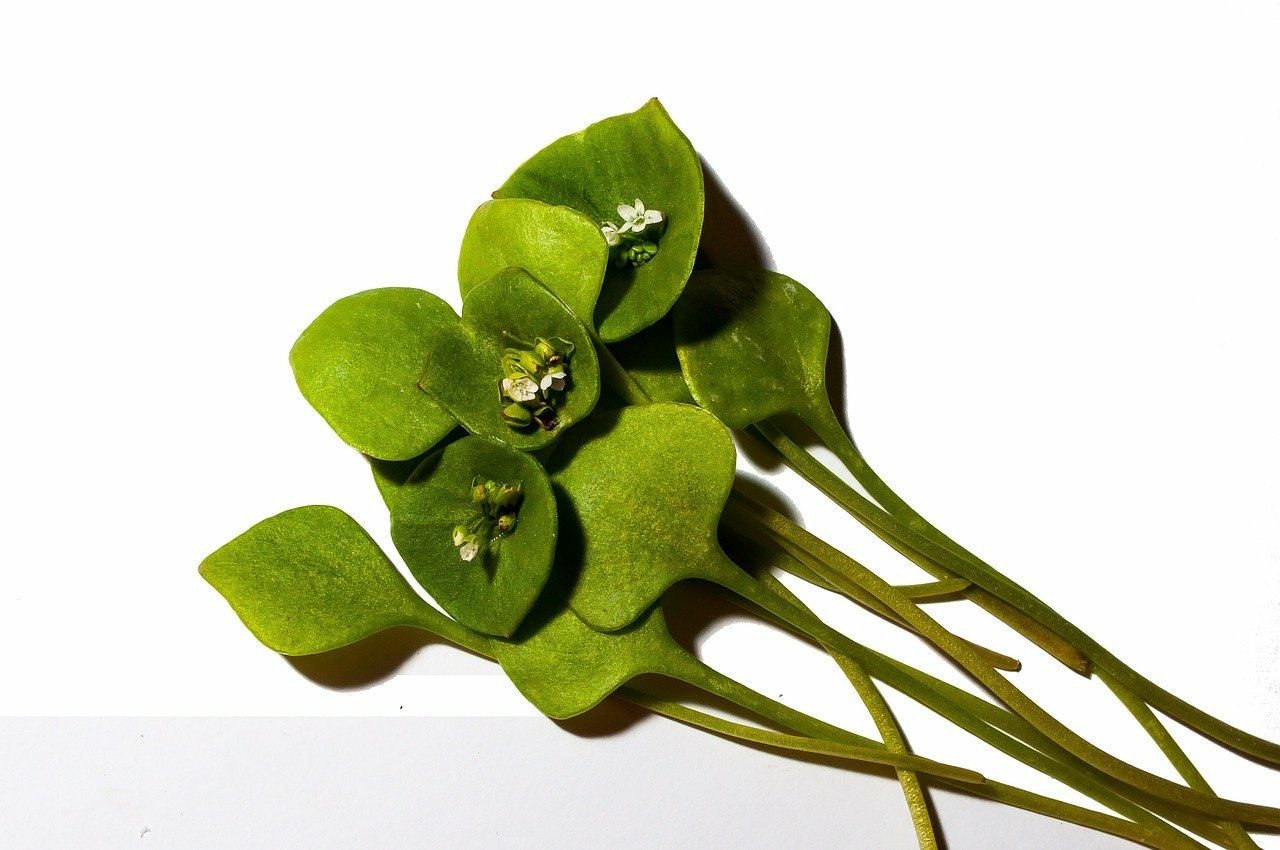
Growing Winter Purslane: Tips for Sowing & Harvesting
Winter purslane is a vitamin-rich leaf lettuce that is ideal as a winter crop. It can be harvested throughout the winter and thus always brings fresh greens into the kitchen. Despite its valuable ingredients, it has been somewhat forgotten, but that can change! In this article, you can find out everything you need to know about growing and caring for it.
This Article Contains:
- Growing Winter Purslane: An Overview
- The Right Location
- Purslane: Mixed Cultivation & Succession Cropping
- Tips for Sowing Winter Purslane
- Care for Winter Purslane
- Diseases & Pests
- How to Harvest Purslane
- Process Purslane
- Obtain Seeds: This Is How It Works
- Frequently Asked Questions About Growing Winter Purslane
Quick Overview
Growing Winter Purslane: An Overview
- Location: semi-shady - shady, loose soil, low nutrient content
- Temperature: hardy, optimum temperature is 4 - 8 ° C/39 - 46 ° F, germination only below 12 ° C/54 ° F
- Mixed crop/succession cropping: compatible with any vegetable
- Sowing: September-March, sowing depth 0.5 - 1 cm/0.2 - 0,4 in, spacing 10 - 20 cm/3.9 - 7.9 in
- Care: uniform moisture, if sowing too close together, separate plants, mulch
- Harvest: November - April, 6-8 weeks after sowing
Growing Winter Purslane: An Overview
Winter purslane (Claytonia perfoliata) is an annual, hardy herb from the Montiaceae family. Some people also know it by the names of winter purslane, common pigeon pea or cubic spinach. It is very rich in omega-3 fatty acids and minerals such as magnesium, calcium and iron. It also contains more vitamin C than lemons.
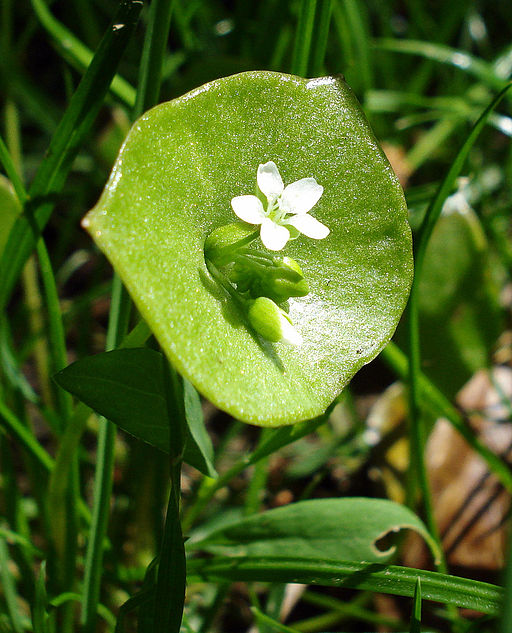
What Is Purslane?
You can easily recognize it by its characteristic round to slightly pointed leaves. In spring, it also bears small white to light pink flowers, which are also edible. Over time, it forms a bushy rosette, so you should ensure sufficient spacing when planting. It grows to a height of around 15 - 30 cm/5.9 - 11.8 in.
Winter purslane originally comes from the Pacific region of North America. Over time, it spread to Mexico and Cuba and eventually found its way to Europe. Despite the similar name, it should not be confused with summer purslane, which is not hardy and needs plenty of sun and warmth.
The Right Location
Winter purslane is very undemanding in cultivation and is also suitable for growing in balcony boxes and smaller containers. It has no particular light requirements; a shady to semi-shady spot is perfectly adequate. Due to its low light requirement and good ground cover properties, it is ideal for planting under trees. Its bushy growth habit also helps to suppress wild herbs in winter.
Winter purslane grows best in loose, humus-rich soil. However, it is also suitable for sandy soils with an even water supply. As a low-growing plant, it only needs a few nutrients, so you don't need to apply additional fertilizer. On the contrary, the substrate should not be too rich in nutrients, similar to spinach.
Purslane: Mixed Cultivation & Succession Cropping
The Montiaceae plant family doesn't really play a role in the kitchen garden, which is why winter purslane is ideal for healthy succession cropping. It is an ideal succeeding crop for all summer vegetables and can be used very well to fill gaps in the bed. The soil can recover over the winter while being protected by the fresh herbs. Due to its low requirements, it can also be combined well with heavy feeders such as cabbage. There are no known good or bad companion plants, so you can simply experiment with different mixed crops.

Want to Plan a Mixed Crop?
With our bed planner, you can easily plan a colourful mixed crop. Good and bad companion plants are displayed directly and you get tips on crop rotation!
Plan a Bed NowTips for Sowing Winter Purslane

And This Is How Sowing Works:
You can either sow winter purslane directly into the bed or pre-grow it in pots. When growing in pots, use 1 - 3 seeds per pot to create particularly bushy seedlings. The pot does not need to be particularly large; standard-sized or smaller pots are ideal.
However, to ensure that the hardy plants germinate, temperatures should not exceed 12 ° C/54 ° F. Temperatures between 4 - 8 ° C/39 - 46 ° F are better. However, if temperatures fall permanently below 5 ° C/41 ° F, it will stop growing. As soon as it gets warmer again, however, it will start to sprout diligently. If temperatures are too low, purslane will stop growing, but it can survive at temperatures as low as - 20 ° C/- 4 ° F. However, if you want it to continue growing in winter, you should protect it from the cold. To do this, you can cover the bed with spruce branches or breathable foil, for example. It is also very suitable for growing in cold frames or (mini) greenhouses.
The optimum time for sowing is from September to March, depending on the temperature. Cover the seeds only thinly with soil, 0.5 - 1 cm/0.2 - 0.4 in is sufficient. The first seeds should start to germinate after about two weeks. When sowing in the bed, you can either scatter the seeds in a wide cube or make rows 10 - 20 cm/3.9 - 7.9 in apart.
Pricking Purslane for More Space in the Bed
If the individual plants are too dense after sowing, you should separate them to 10 - 20 cm/3.9 - 7.9 in. Pull out the smallest plants during the first harvest so that the rest can spread out better. The individual plants grow quickly in width, making use of the available space and covering the ground.
Care for Winter Purslane
Otherwise, winter purslane is very easy to care for. It doesn't need any additional fertilizer and practically grows on its own. Just make sure that the substrate remains evenly moist. A layer of mulch can help to keep the soil moist and can also improve the aroma.
Diseases & Pests
The robust winter lettuce is not very susceptible to diseases. Occasionally, snails can attack it due to a lack of food alternatives. A slug fence can help with severe slug problems. In near-natural gardens, however, snails usually have sufficient wild herbs at their disposal and spare the purslane. If slugs do become a problem, you can find More Tips on Slug Control and Prevention here.
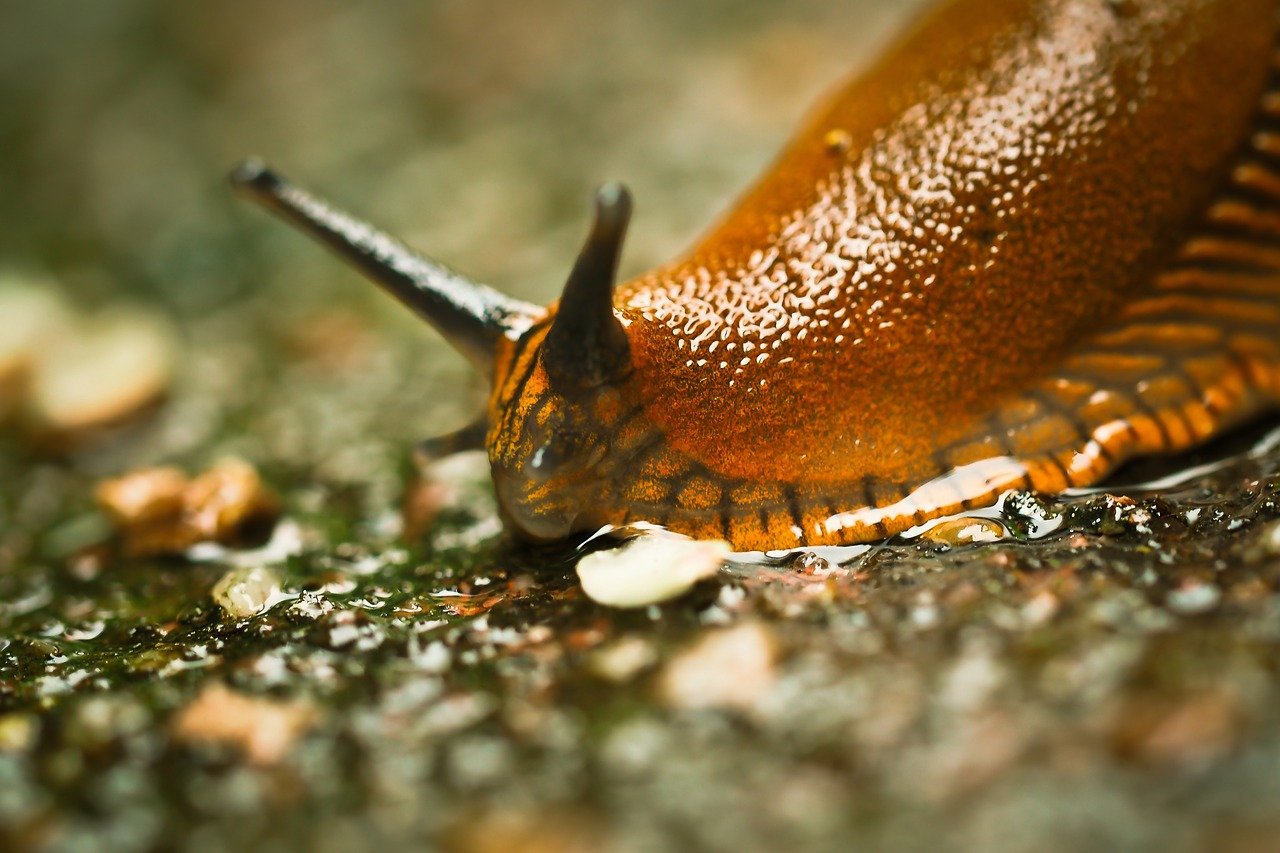
How to Harvest Purslane
Only about 6 - 8 weeks pass between sowing and harvesting. Cut the first leaves as soon as the plants are about 10 cm/3.9 in tall. You can harvest the healthy leafy vegetables from November to April. The plants are cut up to six times over the winter, they grow back again and again in the middle of the rosette (= heart). The only important thing is that the heart remains undamaged!
The Flowers Are Also Edible
Winter purslane starts to flower atthe end of March or beginning of April. The delicate white flowers are also edible and can be used to decorate salads and soups. However, you should not cut the plants after flowering, as they can develop a bitter aroma.
Process Purslane
Winter purslane has a fresh, nutty and slightly sour taste. With its mild aromas, it refines herb butter and quark. You can also use it for decorative salads, soups or green smoothies. This all-rounder can also be used as a substitute for spinach. It has many uses in a varied cuisine and invites you to experiment. There are no limits to your creativity! Winter purslane tastes best when eaten fresh. It will keep for around 5 - 7 days in a plastic container in the fridge.
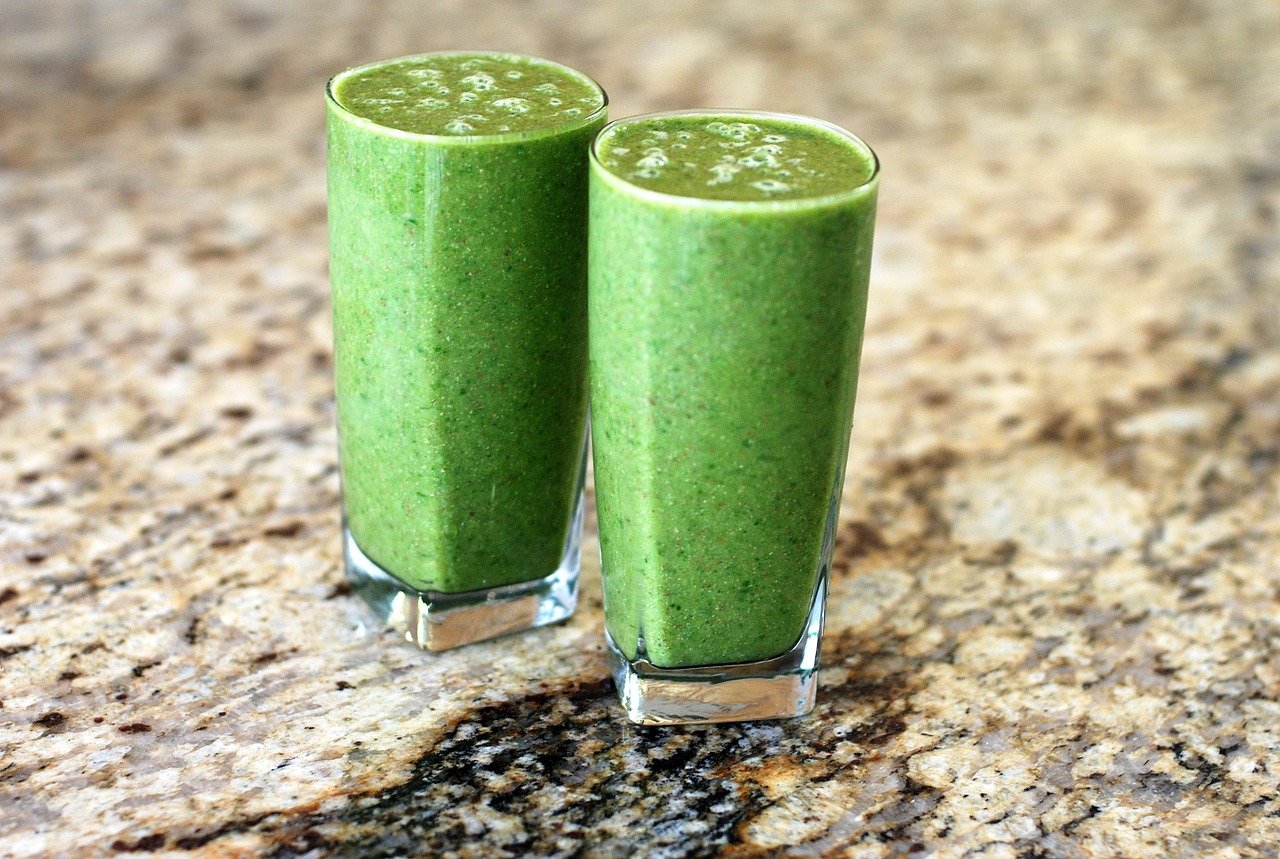
Obtain Seeds: This Is How It Works
Winter purslane is a self-pollinator, it does not need insects to form fertile seeds. You have several options during seed formation:
- You leave it in place so that it spreads itself. This way, the seeds germinate again in late fall when temperatures drop and you save yourself the trouble of sowing.
- If you want to have the purslane in a different place in the bed next season, you can proceed as follows: If some seeds have already formed, pluck out the whole plant and place it where you want it to grow again next fall. This way, you don't have to sow it yourself later and the decaying green leaves also provide a layer of mulch to protect the soil.
- To collect seeds, you should cut off the whole plant as soon as the first seeds become dark and ripe. Then hang the plants up in a dry, airy room and collect the seeds with a fine net; they will gradually fall off by themselves.
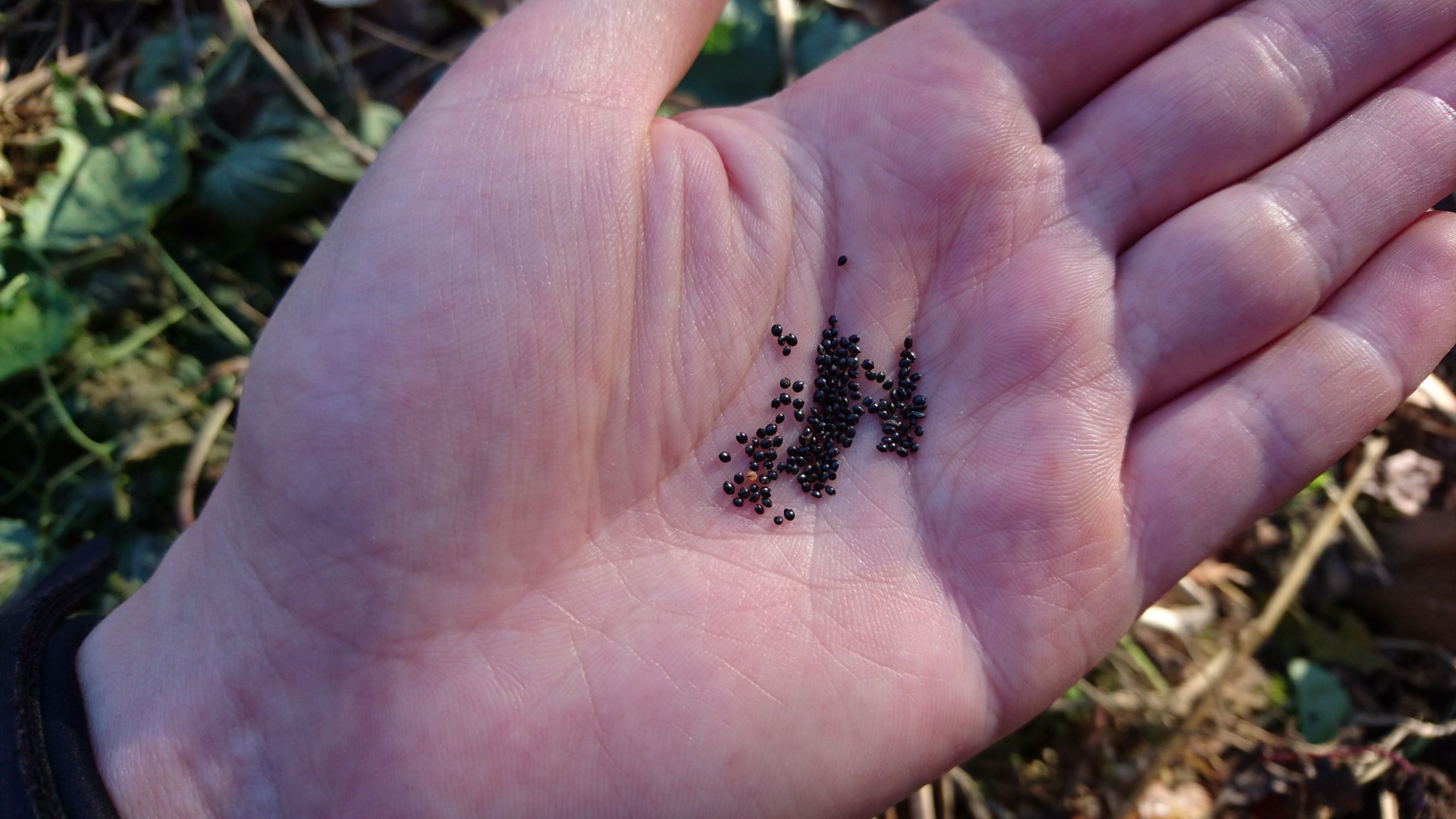
Winter purslane is a real all-rounder and is slowly becoming popular again with amateur gardeners. I hope I was able to get you excited about this little vitamin bomb too! If you have any questions or comments, please write to us at magazin@fryd.app.
Want to get helpful gardening tips all year round and plan your own beds in the best possible way? Then register here or download the Fryd app for Android or iOS.
Fryd - Your digital bed planner
Annabell
Current Topics in the Community

#red , #tuesday

Liked 1 times
#testpostcount

Dec 2025
Popular Articles

Companion Plants for Carrots: What (Not) to Plant With Carrots

Companion Plants for Celery : What (Not) to Plant With Celery?

Strawberry Types: List of Best Strawberry Varieties

Companion Planting With Strawberries: Companion Plants and Planting Plan

Basil Varieties & Types at a Glance

What to Plant With Cabbage: Good and Bad Companion Plants

Fertilizing Strawberries: Home Remedies & Natural Fertilizers at a Glance

Growing Sweet Potatoes: Tips on Cultivation & Companion Plants

Companion Plants for Kitchen Herbs: Chives, Parsley & Co

What Herbs Can Be Planted Together?
FAQ
Winter purslane is a vitamin-rich leaf lettuce, ideal for winter cultivation, which can be harvested between November and April.
It prefers a semi-shady to shady location, loose soil with a low nutrient content and temperatures between 4 - 8 °C.
Does winter purslane fit into a mixed crop?
Yes, it is compatible with all vegetables and is ideal for growing summer vegetables.
How do you care for winter purslane?
It requires even moisture, and plants should be spaced out if sown densely. Mulching helps to retain moisture.
How do you harvest and use winter purslane?
It is harvested 6-8 weeks after sowing by cutting the leaves, leaving the heart untouched. It can be used fresh in salads, soups or as a spinach substitute.